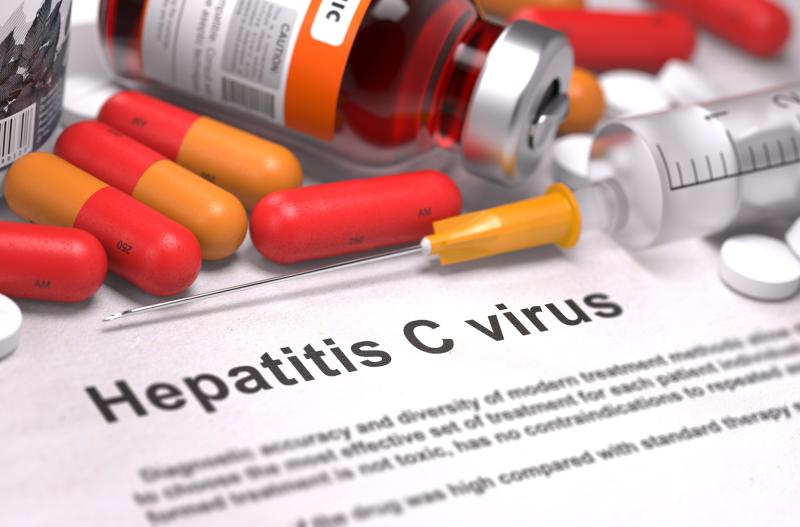 Authorities in Malaysia have approved a compulsory license for Hepatitis C treatment, which allows for cheaper generic medication to be produced without the drug patent holder’s consent.
Authorities in Malaysia have approved a compulsory license for Hepatitis C treatment, which allows for cheaper generic medication to be produced without the drug patent holder’s consent.Cirrhotic patients continue to suffer from excess hepatocellular carcinoma (HCC) risk for years even after clearance of hepatitis C virus (HCV) infection, a recent study has found.
The study included 48,135 HCV patients who initiated antiviral treatment and attained sustained virologic response (SVR). Patients were followed for a mean of 5.4 years for the surveillance of HCC development.
Of 9,784 patients with pretreatment cirrhosis, 850 developed HCC over a mean follow-up of 3.9 years. In those treated with direct-acting antivirals, the malignancy was significantly more likely to occur in those with fibrosis-4 scores ≥3.25 (adjusted hazard ratio [HR], 2.14, 95 percent confidence intervals [CI], 1.66–2.75). The same was true for those treated with interferon (adjusted HR, 2.78, 95 percent CI, 1.91–4.03).
HCC risk declined by 3.8 percent per year in the first year after SVR in patients with pretreatment cirrhosis, fibrosis-4 scores ≥3.25 and treated with DAAs. By the fourth year, annual decline was at 2.4 percent per year (p=0.01).
However, in such patients who were instead treated with interferons, the annual HCC risk remained above 2 percent even 10 years after SVR. This risk estimate was obtained despite the more than 50-percent drop in HCC risk associated with a transition in fibrosis scores from ≥3.25 before to <3.25 after SVR.
Patients without cirrhosis before treatment had a consistently low risk of HCC, except for those with fibrosis-4 scores ≥3.25 either before (1.22 percent per year) or after (2.39 percent per year) SVR.